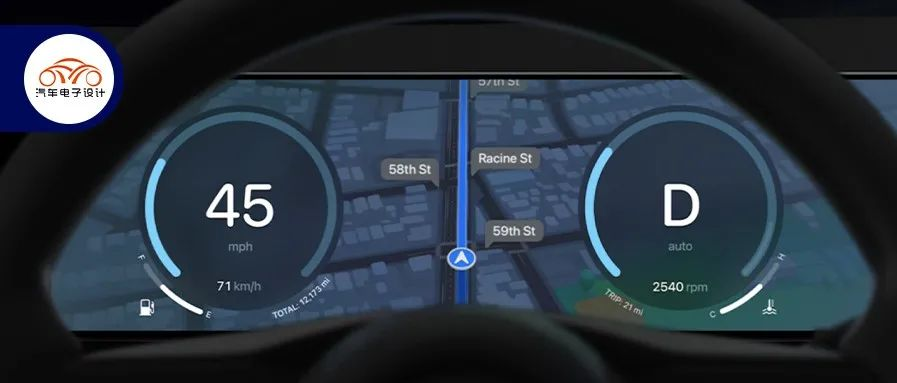Yesterday at the hottest 2022 Apple WWDC, the automotive sector showcased the new version of CarPlay. I think a few discussion points can be extended, meaning that while Apple is developing intelligent systems, it is also matching more existing vehicles through its own phones. There are multiple possibilities for the formation of intelligent cockpits in vehicles. Different from China constantly iterating the functions of car machines, American consumers’ demands for cabins are not as clear. Currently, 98% of American car models support CarPlay, and 79% of users need CarPlay to evaluate the car model. The new version of CarPlay has two changes:
-
From the mapping function to the iteration of the functions of the original vehicle’s automotive electronics, which is currently only for controlling the radio and air conditioning (setting the temperature), and reading the driving data of the vehicle from the car’s operation (speed, fuel level, temperature).
-
From the map display on the central console screen to all the different screens in the car, which means that Apple covers the instrument panel, central control, and rear seat screens. Apple can adapt to the existing screens on cars.
This morning, I saw a strange article. Its meaning is that several automakers that support CarPlay (Audi, Benz, Honda, Ford, Nissan, Porsche, Land Rover) have sold their souls to Apple. I think this interpretation is inappropriate. The development of intelligent cockpits in China is actually at the forefront of the world. The development of these automakers, including Honda, Nissan, and Ford, is based on Android Automotive and penetrates the OS of the cockpit with Qualcomm’s SOC chips. Apple’s approach brings new possibilities (relying on the computing power of users’ mobile devices and the original car machine system to uphold a user-friendly appearance).
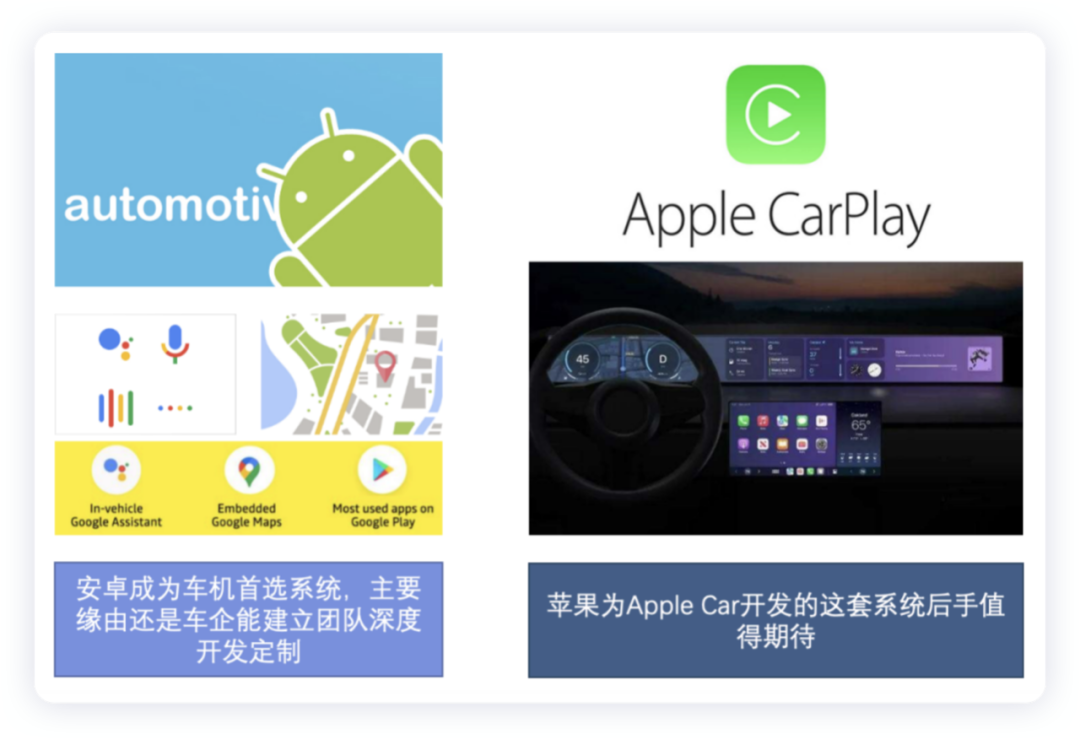
New Version of CarPlay
From the perspective of information and entertainment functions for automobiles, Europe and America do not particularly value them. The previous CarPlay developed by Apple was the mirroring projection of the Apple phone onto the car’s central control screen, magnifying the phone’s most important functions (such as telephone, navigation, Siri voice control) onto the central display of the car. The new generation of CarPlay makes Apple seem to have taken a big step forward.
- CarPlay covers various screens of the car.
Instrument + Control Display in Automobiles and Apple’s Compatibility
The Instrument and Control Display in automobiles is equivalent to Apple’s compatibility with screens of various aspect ratios on their system. For the current dual-screen, three-screen (long screen), and vertical screens used in automobiles, Apple’s system can do video and optimization at the software level.
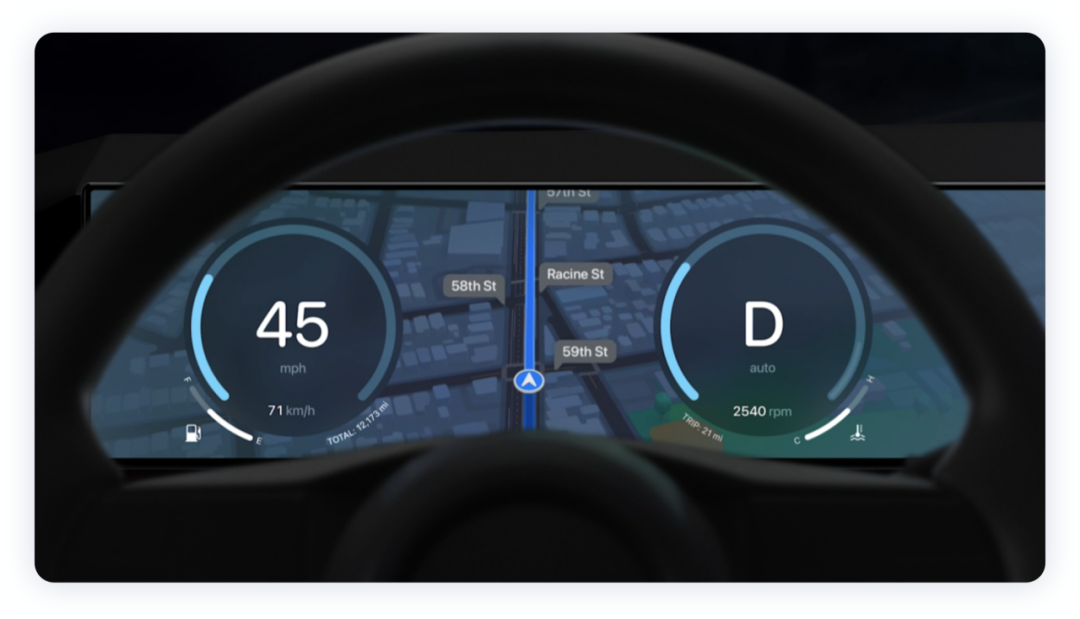
- Function Expansion
This is where the screen plays a major role. For the instrument panel screen, the most important thing is the inherent functions of the vehicle, and the projection on the instrument panel needs to display speed, mileage, battery level, and other functions that have functional safety requirements. For the central control screen, the vehicle’s air conditioning, which is frequently used, can be set through the software IO interface, and vehicle information such as seat positions and air quality can be effectively presented through UI.
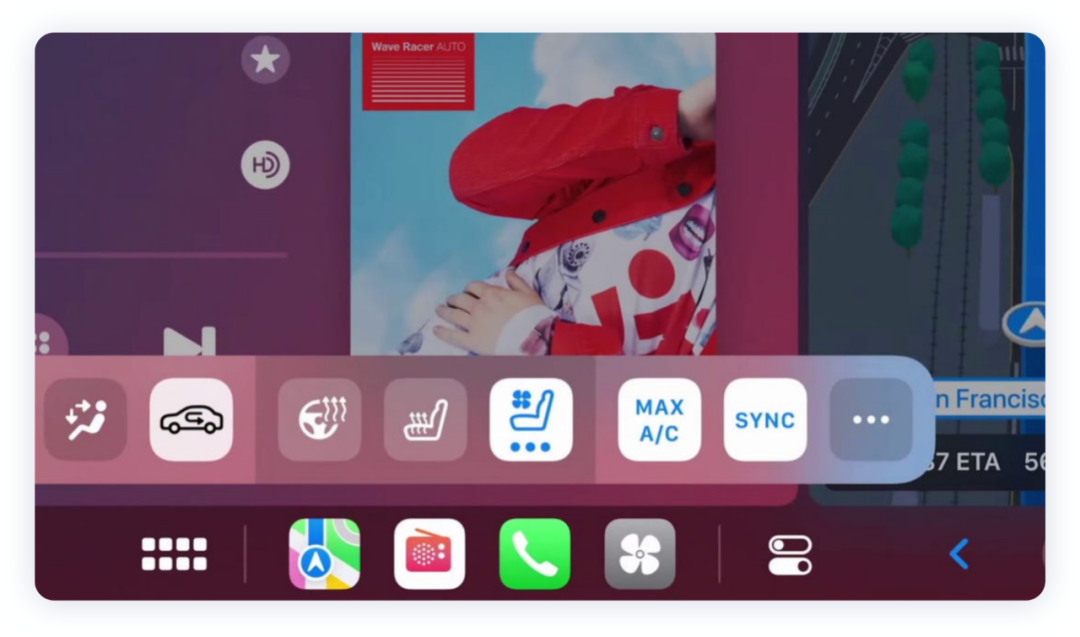
- Customizable and Flexible Addition of Widgets
Extending from the phone system, the CarPlay interface can be customized by choosing the style of the instrument (traditional pointer, minimalist, and background of the instrument panel) and contains weather, navigation, calendar, world clock, smart home, and other built-in widgets. This is more like the ecological extension we are accustomed to.
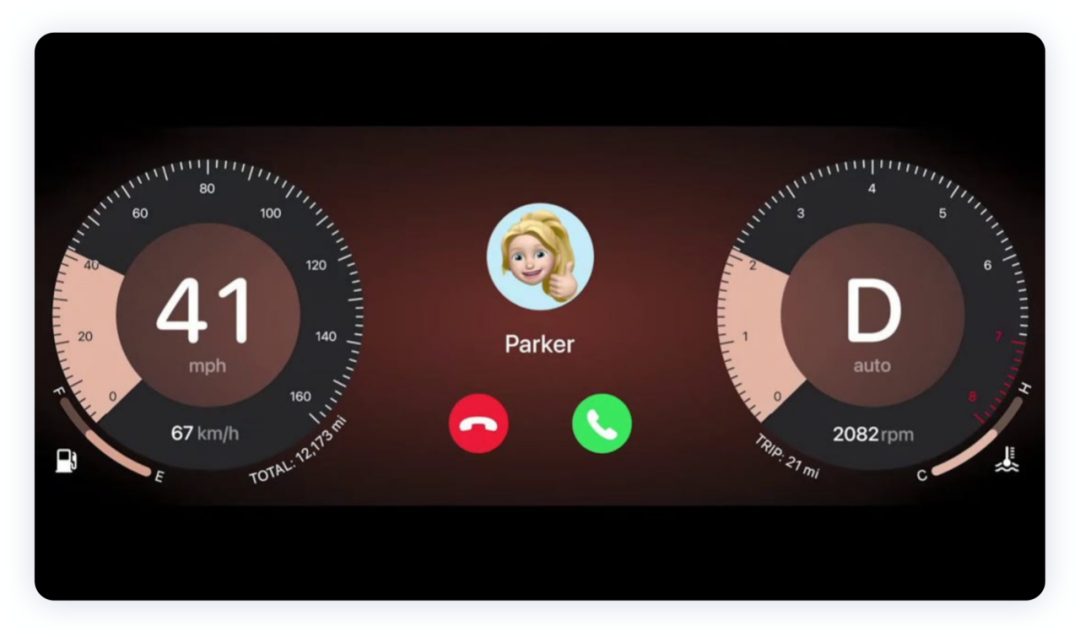
We can understand that in Europe and America, Apple has accumulated a lot of data around the use of phones in cars. Due to the high penetration rate of mobile phone users, this gradual infiltration of Carplay has created countless potential customers for Apple. Apple’s potential in the automotive industry is huge.
Another characteristic thing is that as cars move towards SOA development, the next iteration of Carplay will have greater improvements as the software capabilities of automotive companies enhance.

Apple’s SOC and OS SystemsAlthough we do not currently know the iteration speed of the Apple Car, we can see that traditional automotive companies are iterating around the three main core controllers of the body, cabin, and intelligent driving, even if we cannot wait for Apple to bring us bigger surprises in 2025. Car companies are iterating around the SoC and operating system. We see that car companies’ own software and system development departments are racking their brains in the direction of developing new technologies, relying on their ability to develop OS and application software and applying high-performance SoC chips. These have great potential for Apple. The current problem is just that, although Apple does not lack funds and technical personnel in foresight development and investment, its own goals are relatively high. We can see from Carplay that Apple has shown its pursuit of simple UI and functionality.
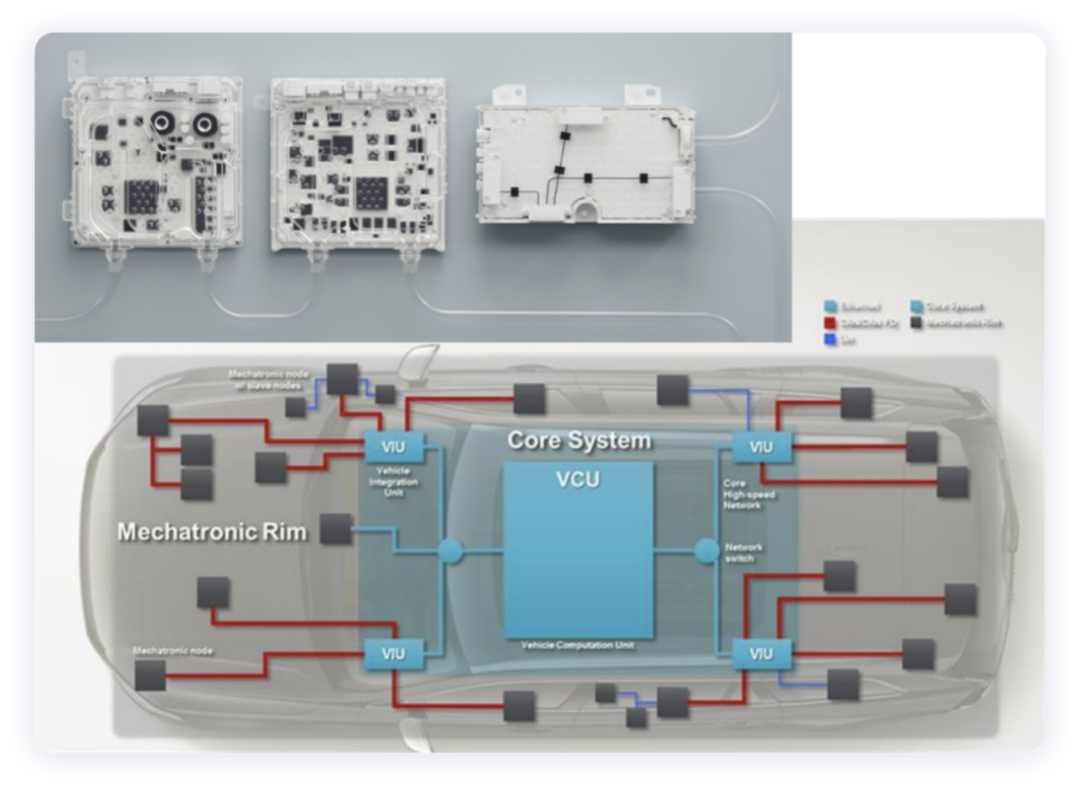
If Apple develops the brain, cabin, body, and intelligent driving, a complete set of chips and hardware solutions need to be continuously iterated. We can see that Apple has almost realized the entire process of self-designed development and verification in almost all areas on the mobile phone. In the automotive field, this development needs even more time. Currently, it seems that Apple and the future of smart cars are heading in a bidirectional direction.
Summary: The support for car companies to develop Carplay is mainly to open the door of convenience for consumers. With support of simple functions like part of the air conditioning, Carplay, in conjunction with high-performance smartphones, will be able to achieve more and more in the development of SOA-based smart vehicles. Apple has also accumulated some data in the use of the cabin. All of this supports the development of Apple Car. The smart car industry is currently in a very leading state in the United States. The chips in Nvidia and Qualcomm and the operating system in Android all make us look forward to Huawei’s performance in the automotive arena under 5 years of iteration.
This article is a translation by ChatGPT of a Chinese report from 42HOW. If you have any questions about it, please email bd@42how.com.
